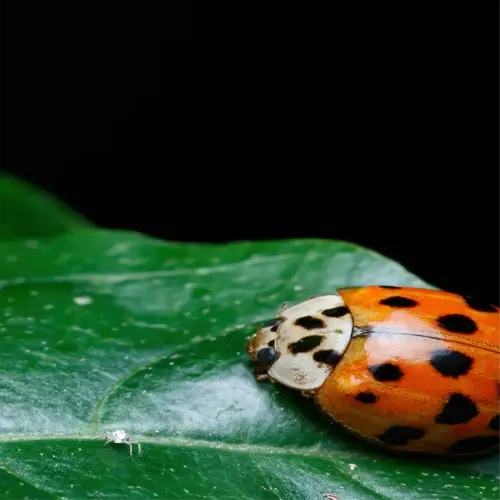When is the worst time to prune shrubs?

Written by
Michael Sullivan
Reviewed by
Prof. Charles Hartman, Ph.D.If you prune shrubs at the wrong time, it could ruin flowers for the next year, and at worst create stress on the plant leading to decline. Spring bloomers, like lilac set buds on old wood, meaning if you prune after July you will cut off blossoms for that following spring. Summer bloomers, like butterfly bush, will recover after a winter prune or cut; however, if you prune in fall, it could be subject to frost damage.
Spring Bloomers
- Lilac (Zones 3-7): Never prune after August 1, buds form on prior year's growth
- Forsythia (Zones 5-8): Trim immediately post-bloom in April/May
- Hydrangea macrophylla (Zones 6-9): Cut spent blooms only in summer
Drought/Heat Risks
- Avoid pruning juniper (Zones 2-9) during summer heatwaves, open cuts invite pests
- Rose (Zones 5-9) pruning in drought causes cane dieback
- Water deeply 2 days before trimming in arid zones
Emergency Exceptions
- Remove diseased boxwood branches immediately to stop blight spread
- Snap frost-damaged camellia (Zones 7-10) stems in winter
- Salvage storm-broken viburnum limbs within 48 hours
A few years ago, I was hired to prune my client's hydrangea in October - a novice mistake, as I had no idea it was a mophead hydrangea (blooms on old wood). The next summer, my poor client just had 3 flowers instead of the 30 he habitually received. To remedy the situation, I instructed my client to deadhead his mophead in July and, the next year, it bloomed completely once again.
Pruning windows are determined by USDA zones. In Zone 5 (roses), prune in early April before leaves open; in Zone 9 it is late February. Use USDA's online map and enter your ZIP code to avoid mismatches on your calendar that will cost you flowers or increase disease incidence.
It is worth paying attention to the sharpness of tools. Dull shears can crush lilac stems, making them candidates for borers. Sterilizing your blades with rubbing alcohol after each cut on diseased material is always advisable. I maintain two separate pruning shears when I am cutting plants that are healthy and when I am cutting diseased plants. Such a small practice saved a client's viburnum collection from being annihilated by aphids.
Read the full article: 10 Low Maintenance Shrubs for Effortless Landscapes

